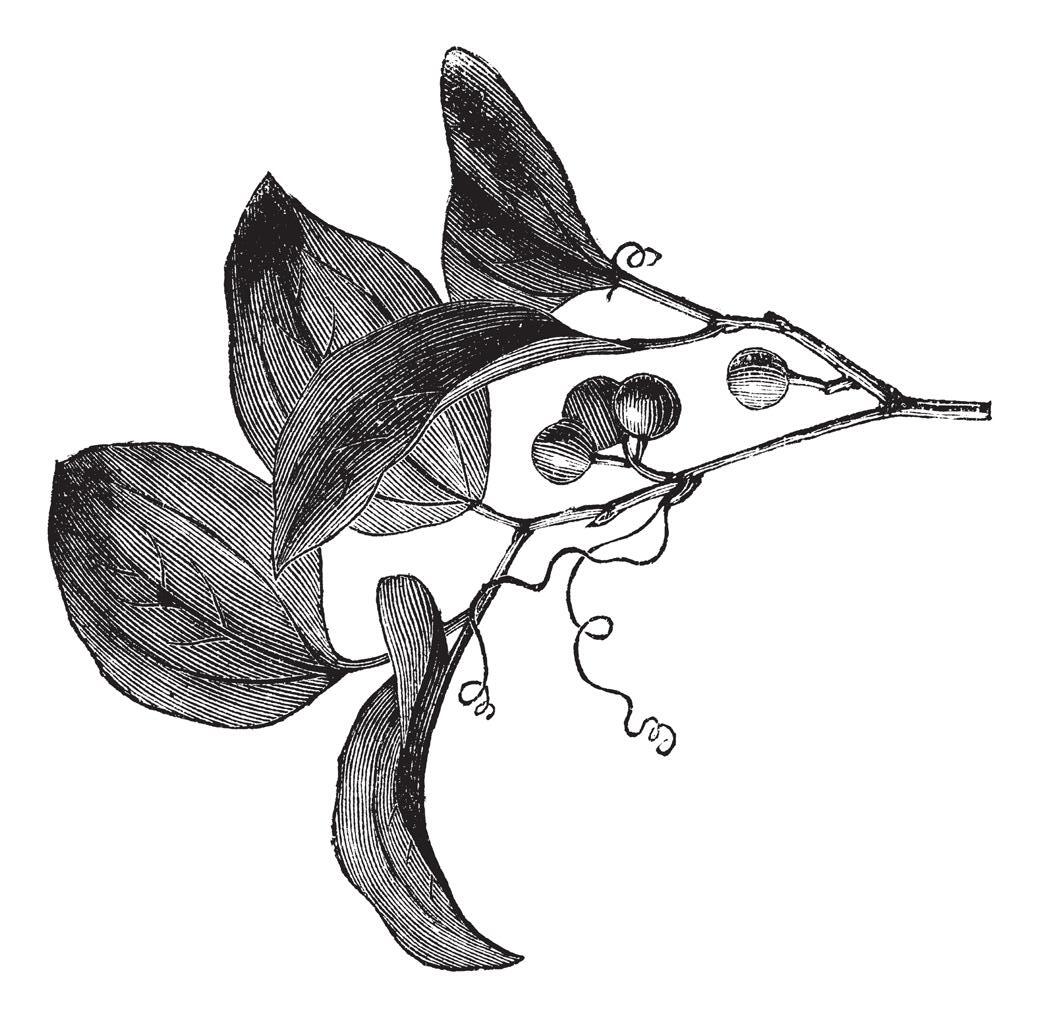
2 minute read
A HUNDRED YEARS OF METABOLISM RESEARCH
The plant Journal
By Lee Sweetlove. Professor of Plant Sciences, University of Oxford, UK. Editor in Chief.
One hundred years ago, the nature of metabolism was largely a mystery. It was known that the metabolic process of respiration kept organisms alive by consuming food molecules, but exactly what respiration was doing with those food molecules was not known. It was not until 1926 that the first enzyme was isolated and shown to be a protein, sparking a golden era of metabolism research. The race was on to understand the reactions catalysed by enzymes and how those reactions interacted in metabolic pathways.

It’s hard to convey how great a challenge this was. Many of the experimental techniques that we’d turn to now were simply not available. Progress had to made just from chemical analysis of the various ”salts” (metabolic intermediates) isolated from respiring tissues. As the number of salts identified grew ever larger, solving the puzzle of how they all fitted together must have seemed impossible. Why, and how, was inorganic phosphate involved? What did hexose diphosphate do? How did the newly discovered ATP molecule fit in?
There is no doubt that the achievements of Otto Fritz Meyerhoff, Gustav Embden and Hans Krebs in establishing the metabolic pathways that now bear their names were impressive. Not to mention Peter Mitchell’s radical concept of ATP synthesis driven by proton gradients. But arguably, it was a pioneering woman, Maud Menten, working some 20 years earlier, who has had the greatest influence on metabolic science today.
She qualified in 1911 with a medical doctorate (one of the first women in Canada to do so) but was forced forced overseas to pursue her research interests. It was while working in America on the control of pH during anaesthesia that she became acquainted with Leonor Michaelis, an expert on pH and buffers. She subsequently moved to his laboratory in Berlin and there became interested in his earlier work on enzymes. In 1913, they successfully expressed mathematically the relationship between substrate concentration and velocity of the reaction catalysed by the enzyme invertase.
Given that it was not known what enzymes were at that time, their work probably seemed like an obscure quantitative curiosity. But the field of enzyme kinetics that it led to has become one of major significance. The Michaelis¬–Menten kinetic parameters not only capture the unique catalytic properties of an enzyme, but they also allow metabolic pathways to be mathematically simulated. In the modern era, such mathematical models have become the only way of characterising the increasingly complex reality of the known metabolic network. Metabolic models are now the de facto starting point for redesigning metabolic networks for synthetic biology.
Who knows what Maud Menten would have thought of recent attempts to replace her careful (and laborious) experimental measurements of enzyme kinetics with a machine learning algorithm.1 But she would surely have been pleased to know that her quantitative concept of enzyme kinetics now plays such an important role in biology in the twenty-first century and likely beyond.










